This week I have been looking forward towards embracing new technology within my sculptural work, and also looking back at the turning point in my career.
One of the aims of this project is to develop my skills with CAD (Computer Aided Design) to draw out the fluid shapes of the sculpture and then apply a texture to the surface that can be further adjusted. Two weeks into my Artist Residency at Nottingham College I have accomplished drawing out a dice with each spot featuring a delicate bevel, and created a sphere with an outer covering of an image.
The second artist residency at Nottingham Trent University will begin shortly and run alongside the first, during my time with NTU, I’ll be scanning hand woven textures such as macrame panels, to digitally map and record my weaving. It is these woven maps that I will be combining with the fluid shapes within the CAD drawings.
I took a look back at one of my earlier sculpture developments today. It’s aim was to try and capture hand woven willow in Bronze. Told it was technically impossible, I persevered and successfully cast an 80cm diameter woven sphere with Pangolin foundry, which now sits proudly in the Derwent Valley World Heritage at Belper’s North Mill, Derbyshire.
Before the sculpture was installed in Belper, it was first shown at the 100th RHS Chelsea Flower show and then exhibited at Change of Heart at the University of Leicester’s Botanical Gardens.
“Rachel Carter has won widespread acclaim for her woven works in willow, using the tree’s flexible withies to build up geometric shapes layer by layer. She is a regular exhibitor at the annual Chelsea Flower Show where the natural, hand-made quality of her work is warmly embraced. Although her woven creations have somewhat limited life span compared with works in more durable materials such as bronze or stone, this ephemeral quality has not deterred collectors. Most see it as an important part of the work - an echo of the universal rhythm of life and death to which ultimately everything must conform. However, driven by a technical curiosity towards materials, Carter recently began working with the renowned Pangolin bronze foundry in Chalford, Gloucestershire with a view to exploring the viability of translating her willow technique into bronze. The Pangolin team has yet to encounter a challenge it cannot meet, as Carter’s shimmering Bronze Grand Sphere (2013) is bountiful proof. This woven bronze sphere marks a significant moment in the development of Carter’s working method, although she will continue to weave in willow.”
Change of Heart, University of Leicester 2014
Curated by Almuth Tebbenhoff FRBS




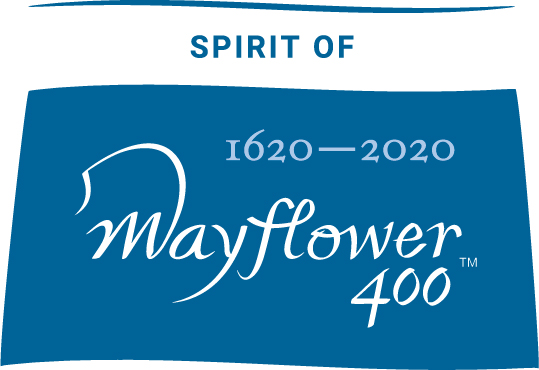
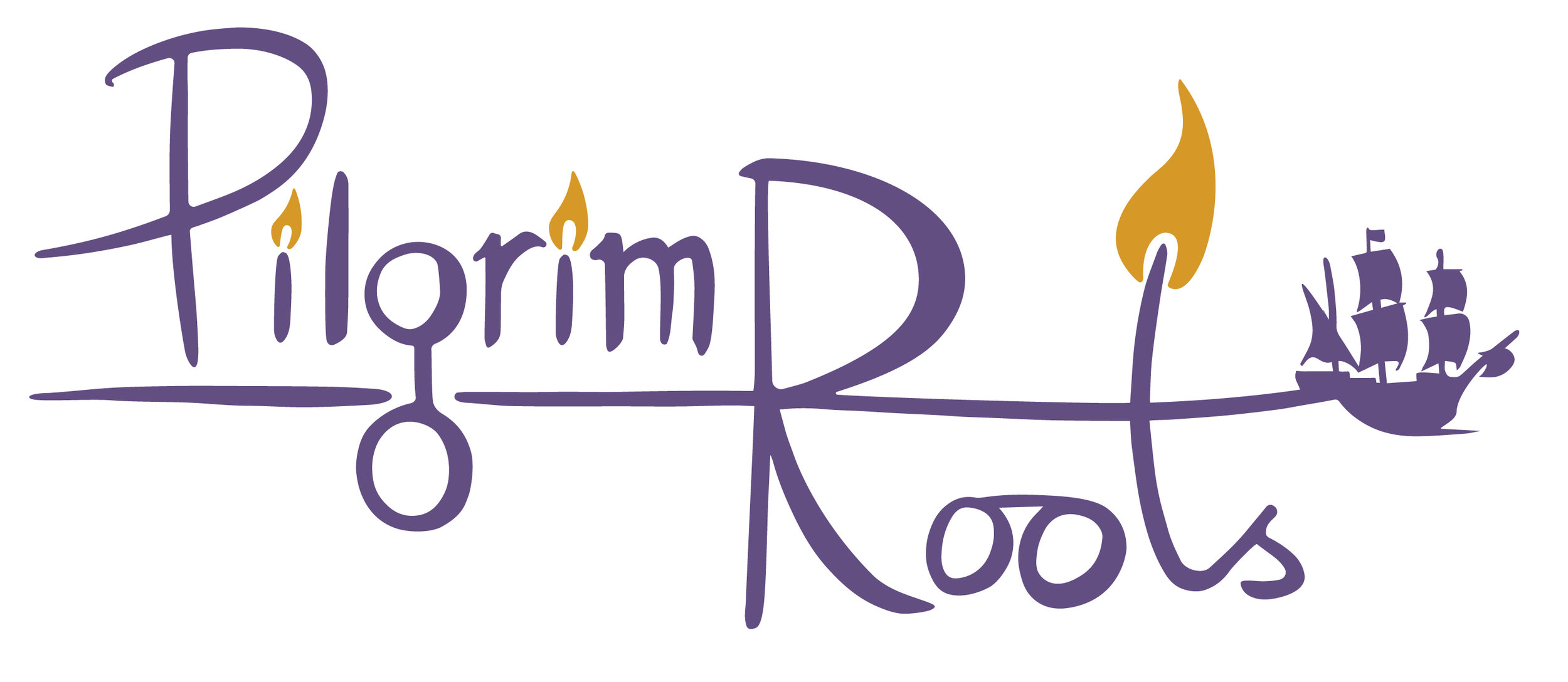



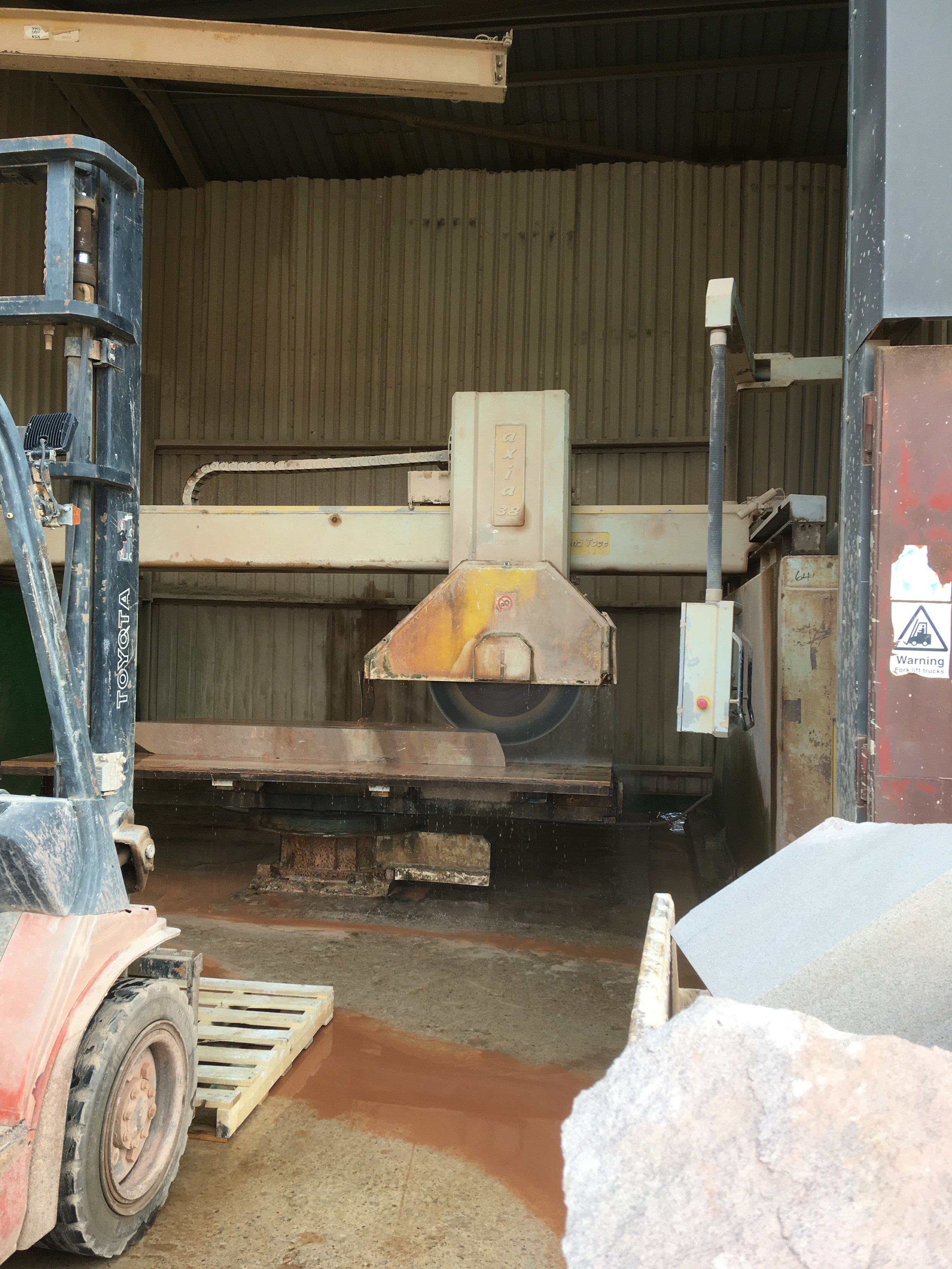
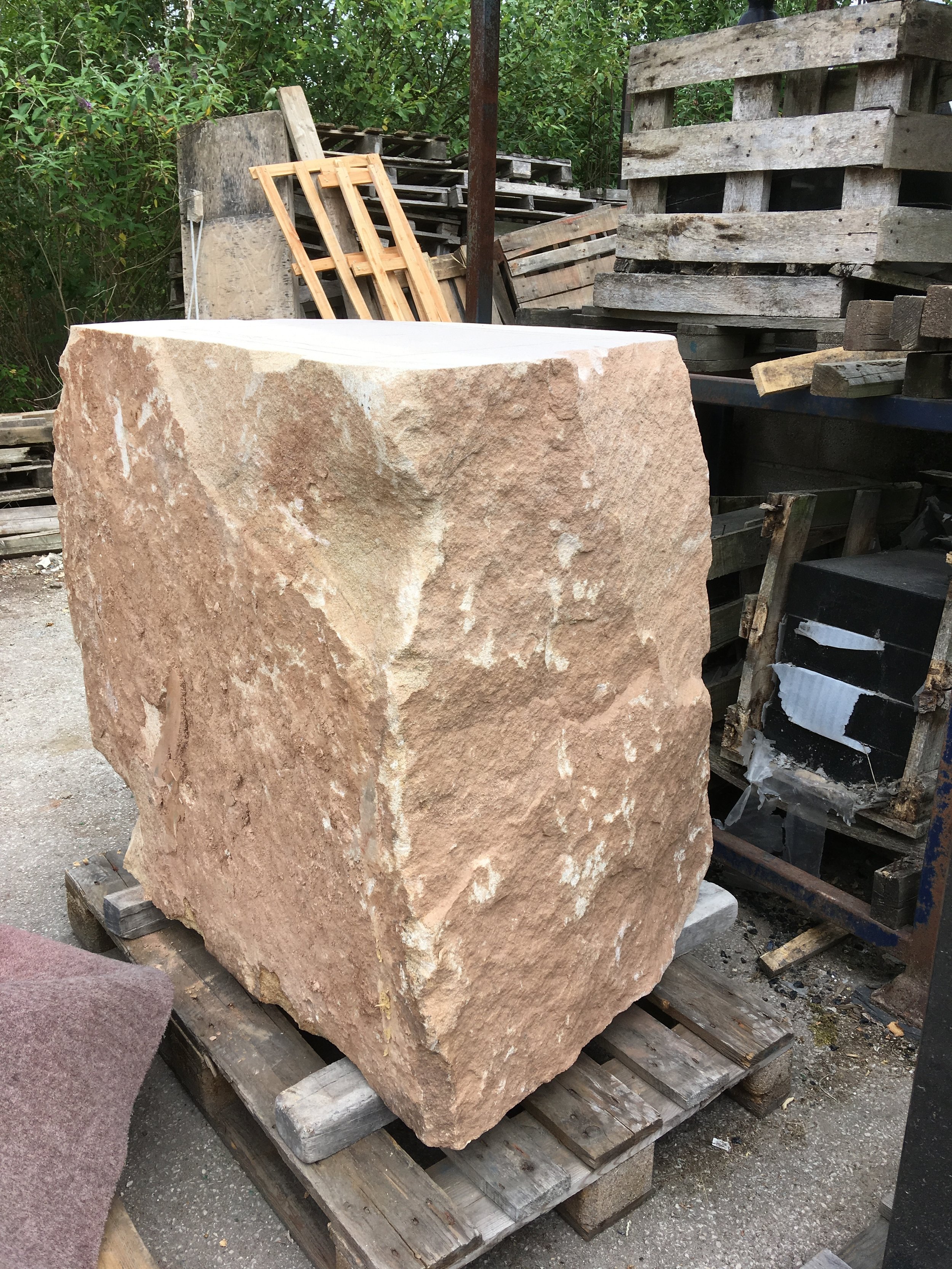
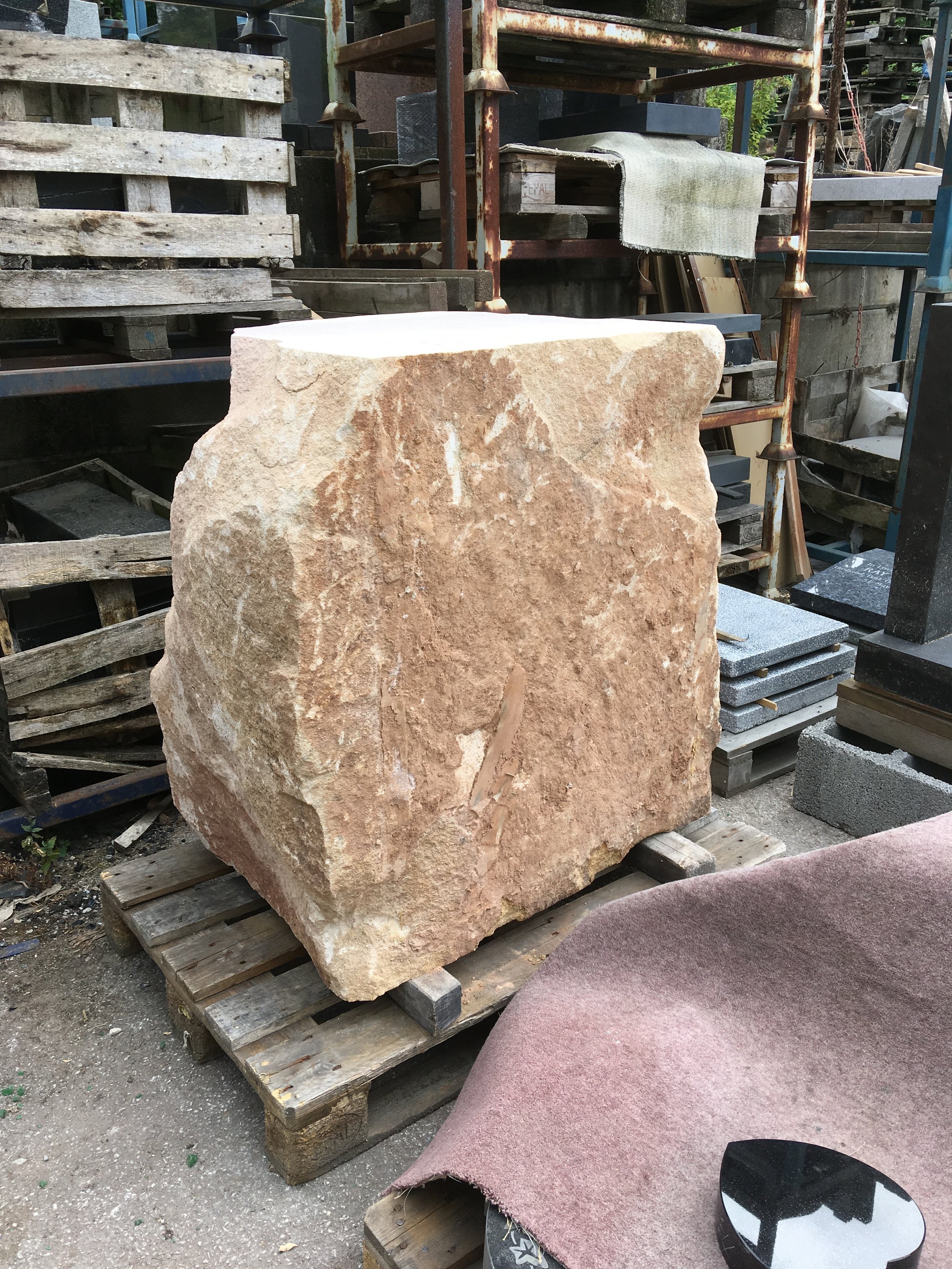
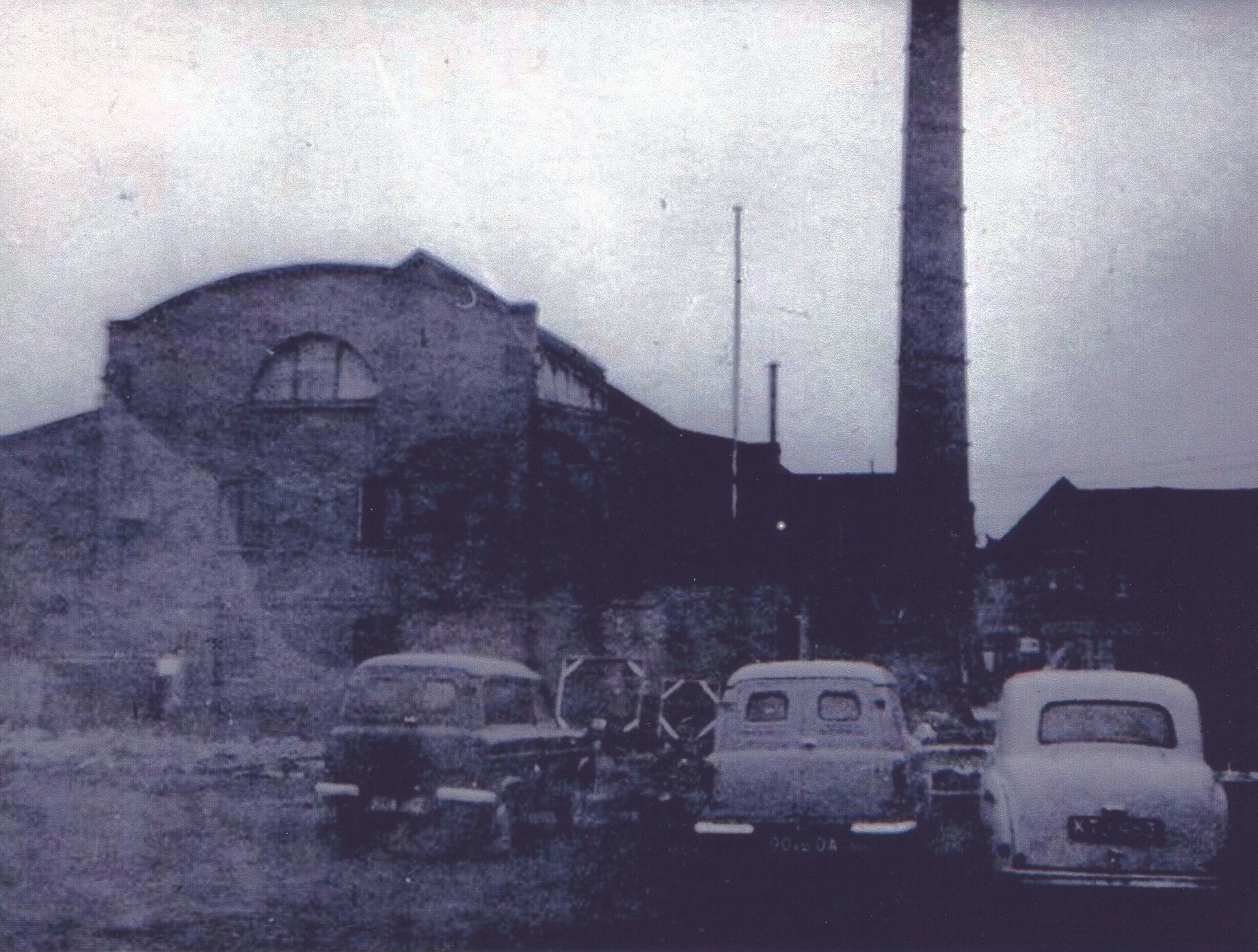


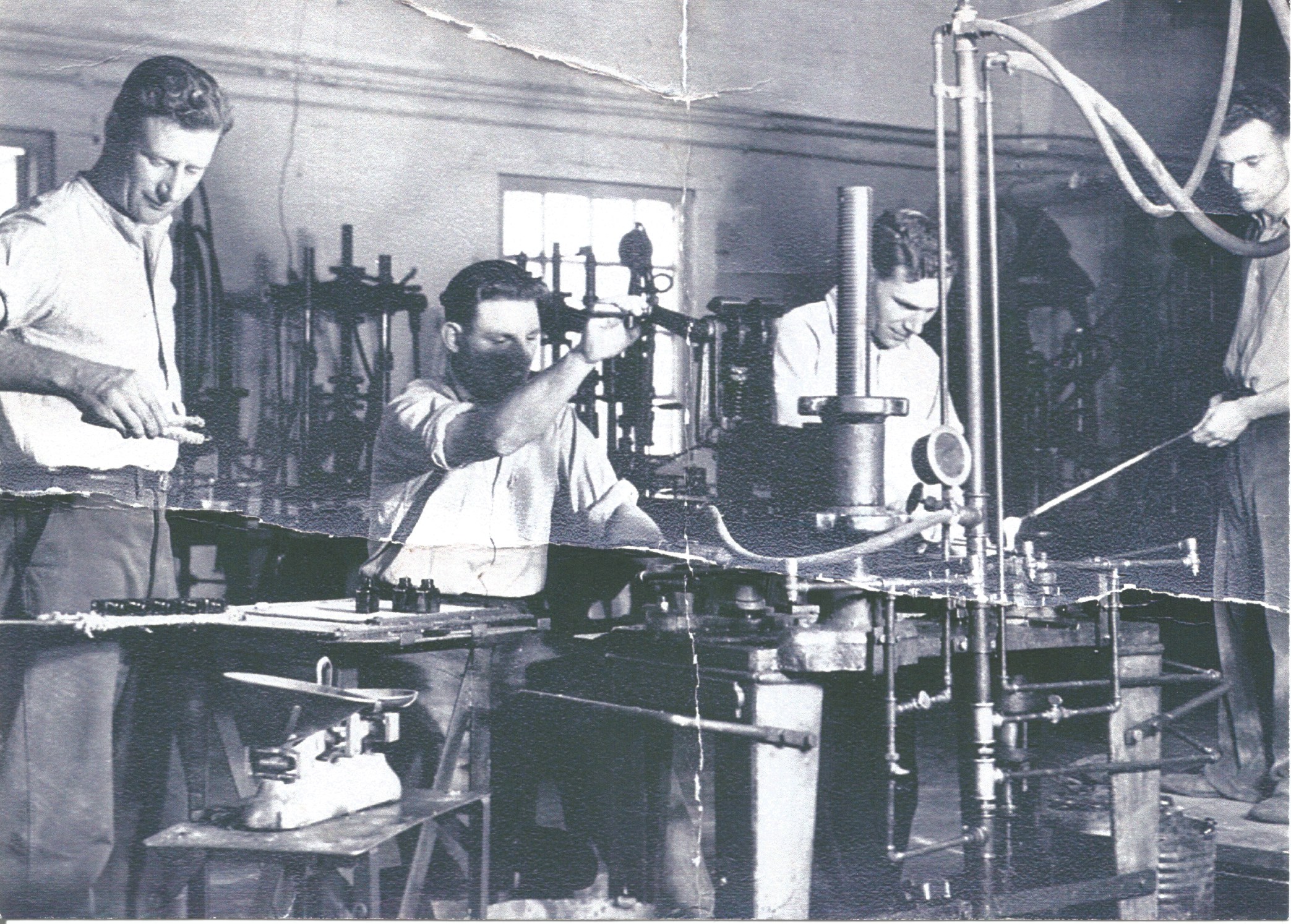
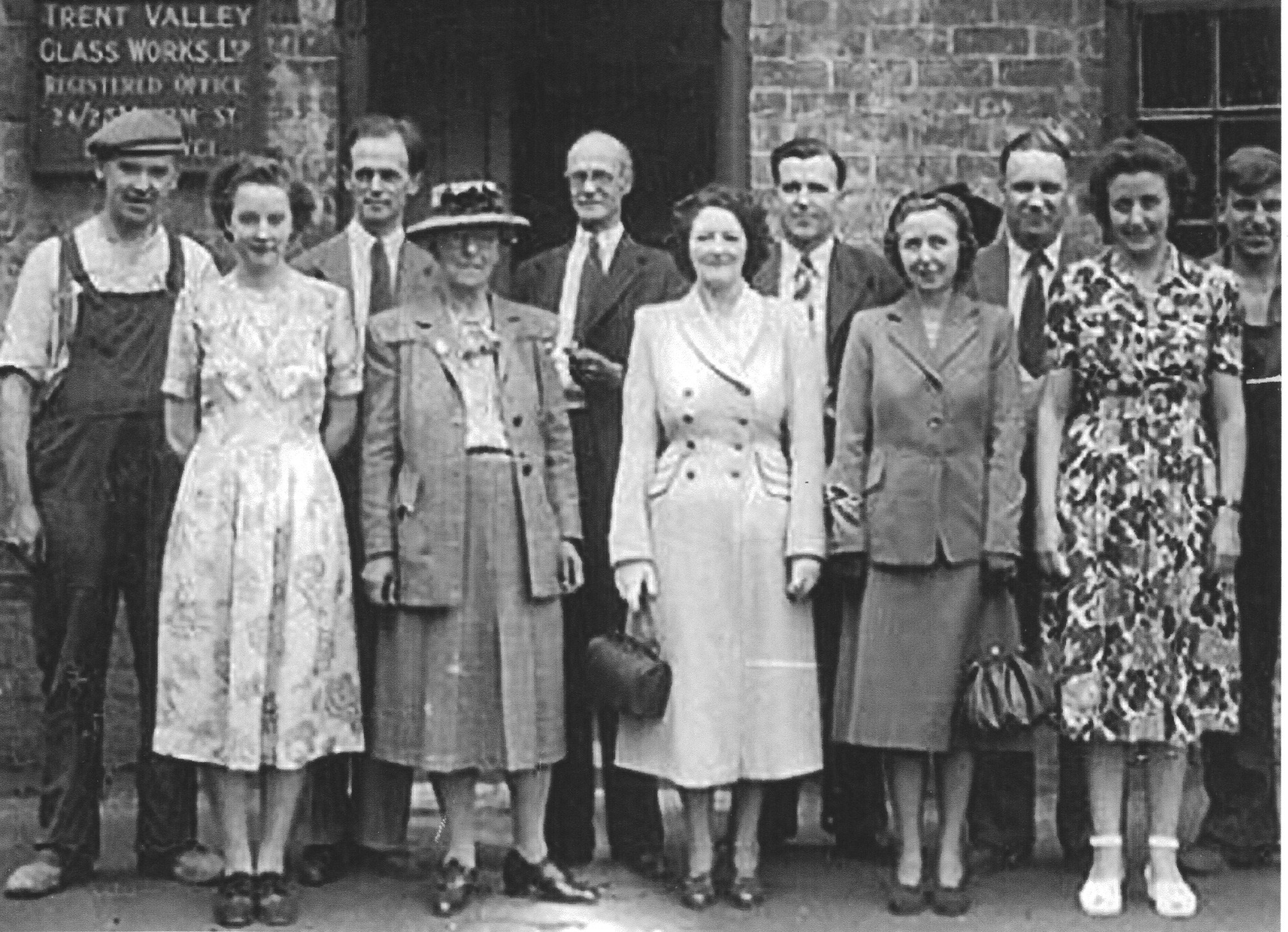
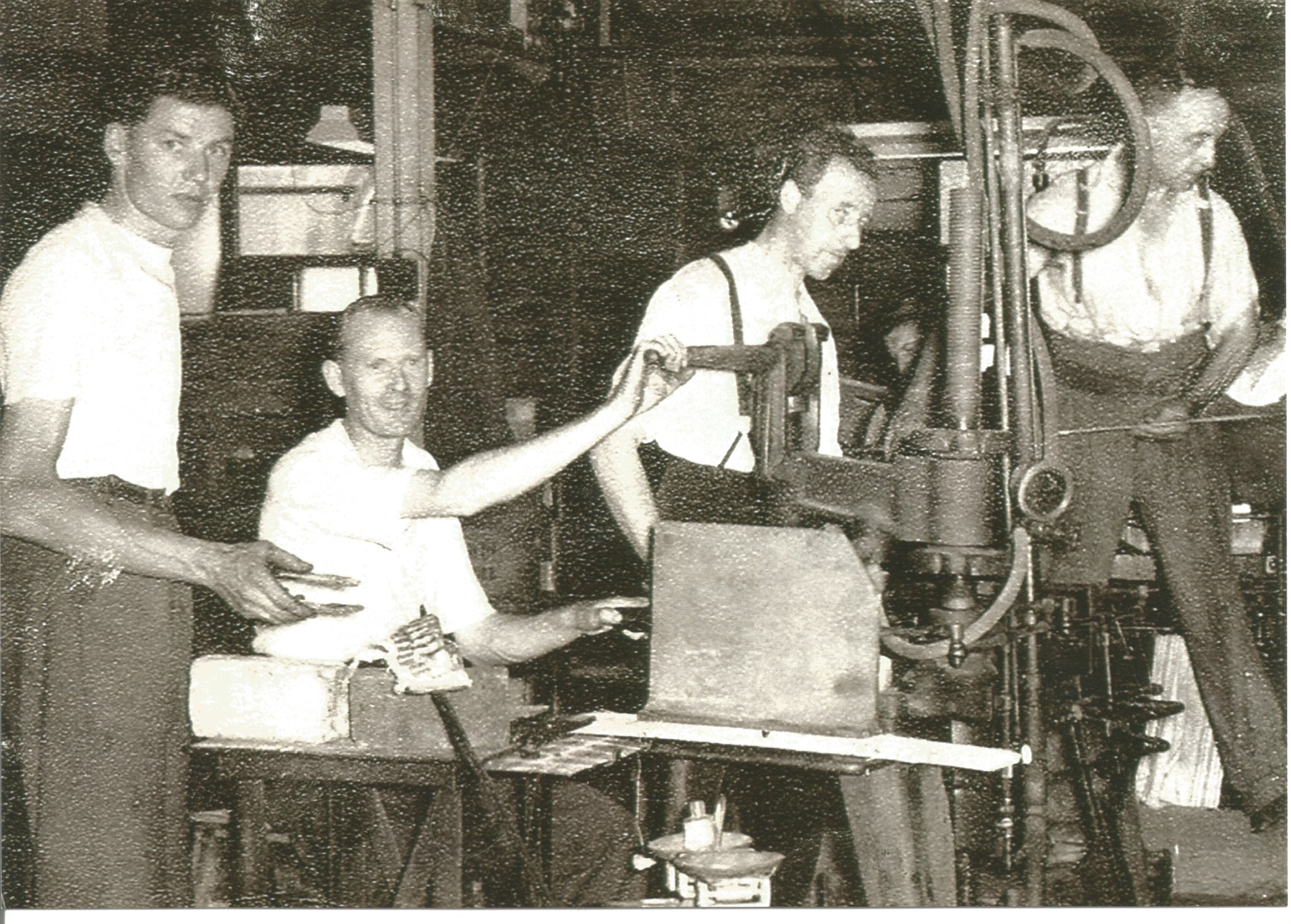
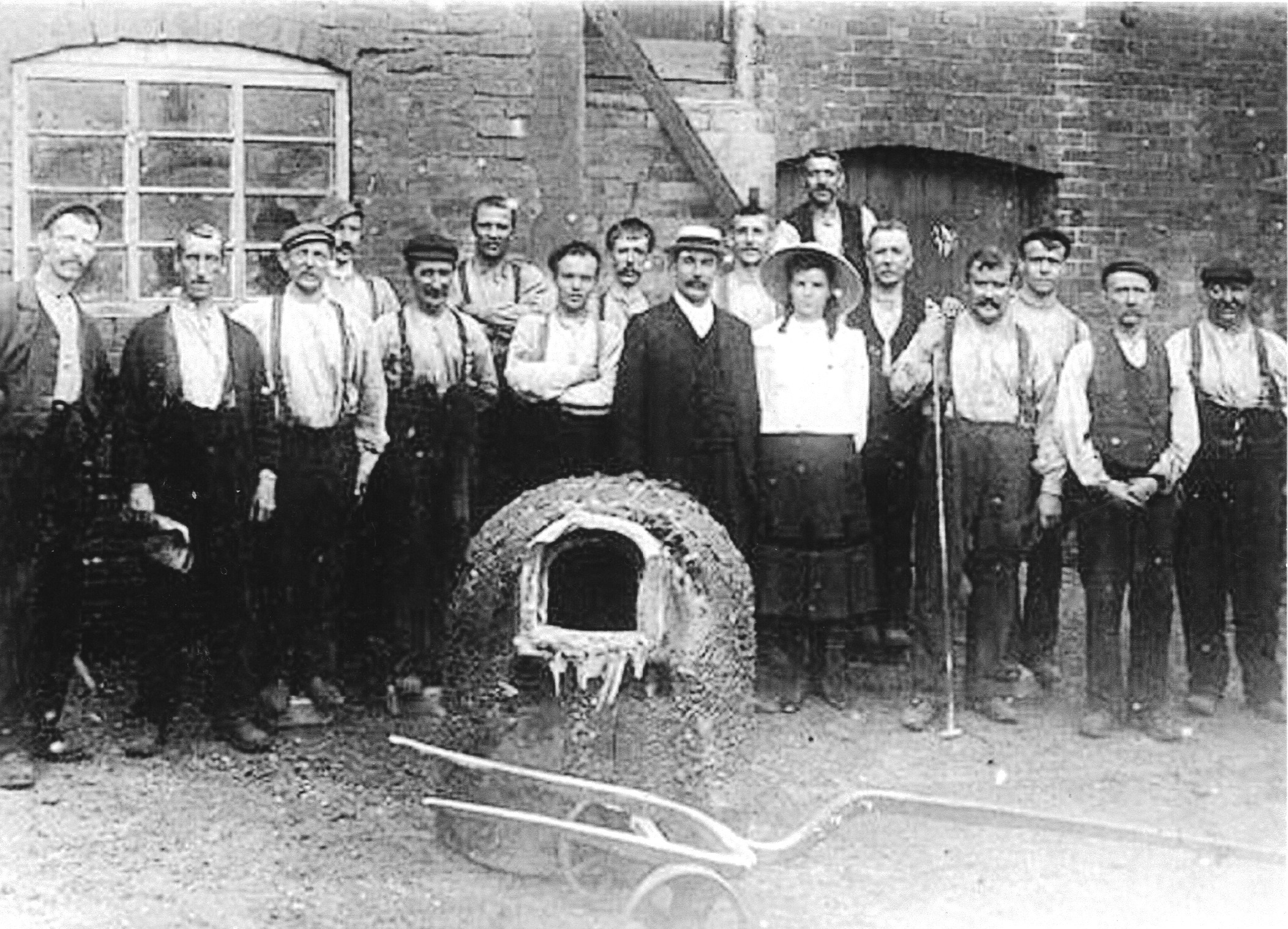


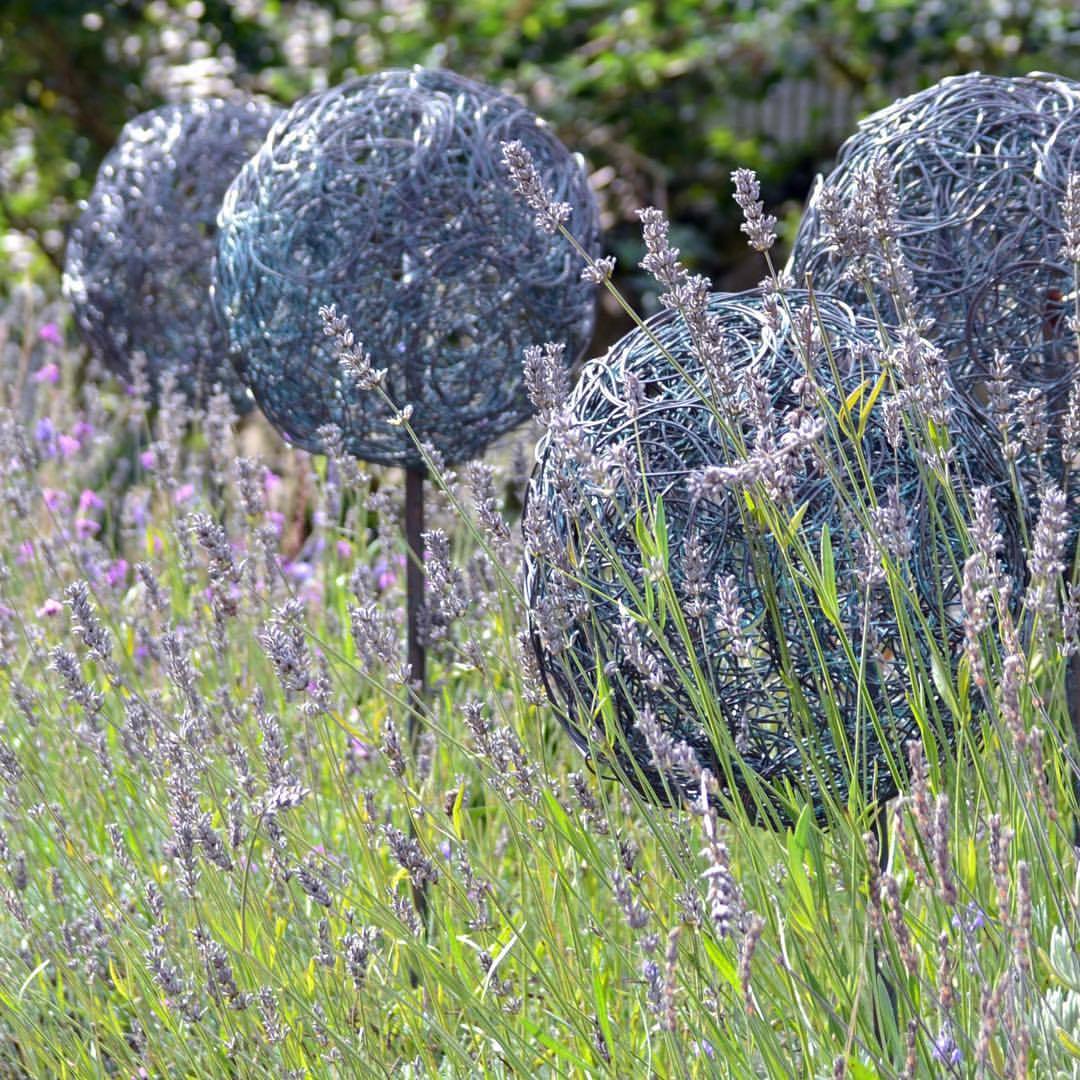
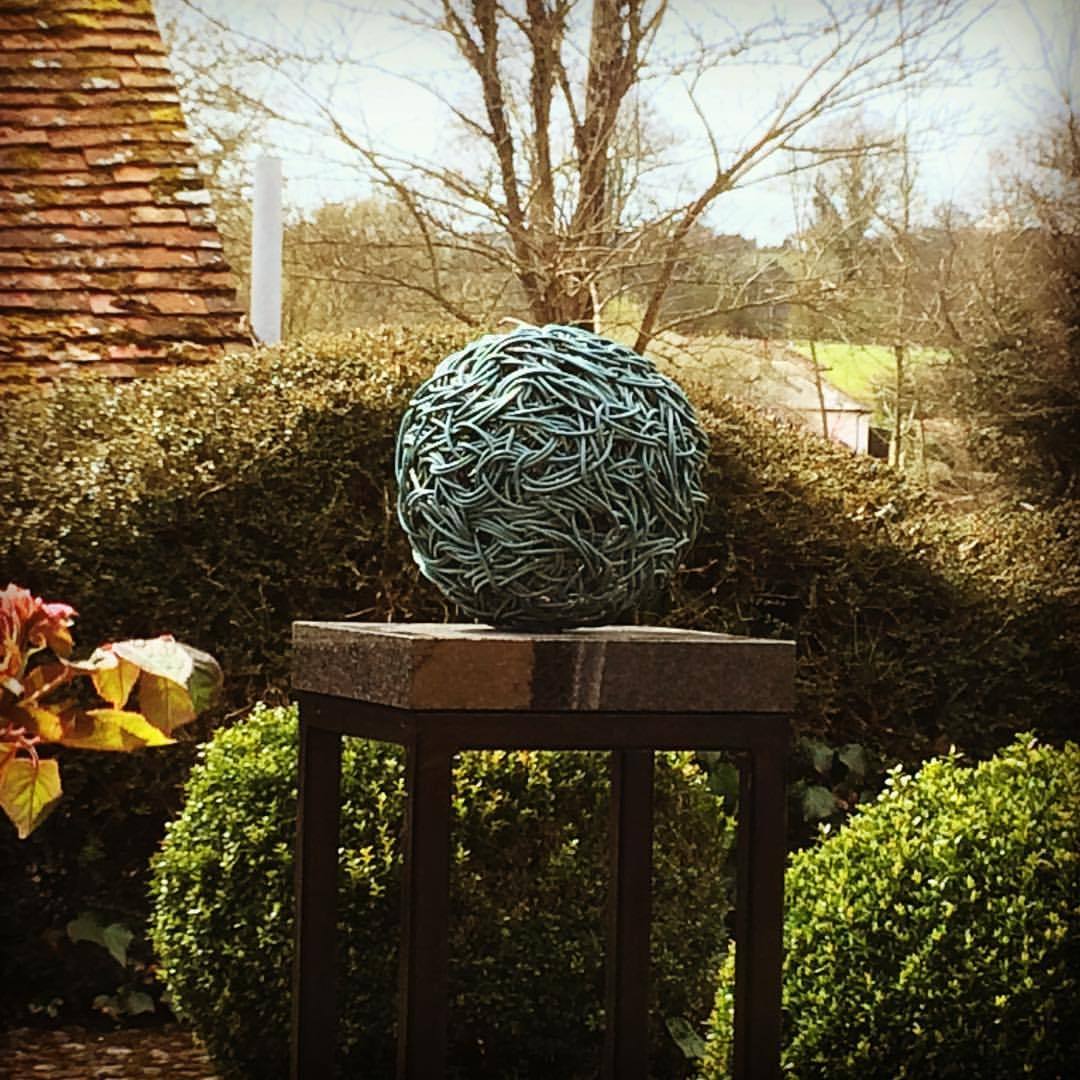


In 2010 Rachel was commissioned by Amber Valley Borough Council to create a gateway sculpture in the town of her birth.
Heanor in South Derbyshire has a rich industrial history, from textiles and hosiery to coal. The sculpture sits on the corner of the old site of I R Morley's, a textile manufacturer established in 1795 whose premises in Heanor employed over 1000 people until it closed towards the end of the 20th century.
I R Morley's logo featured a wheel set in a pair of wings titled the Flying Wheel and was the first company logo added onto a piece of clothing.
The sculpture takes inspiration from this story and presents a wing either side of the sculpture which is punctured by a large wheel representing industry and regeneration.